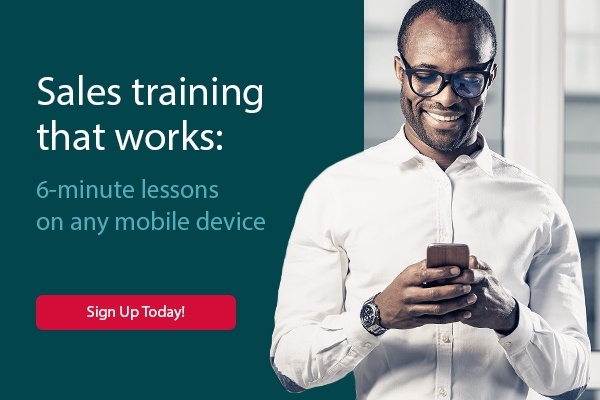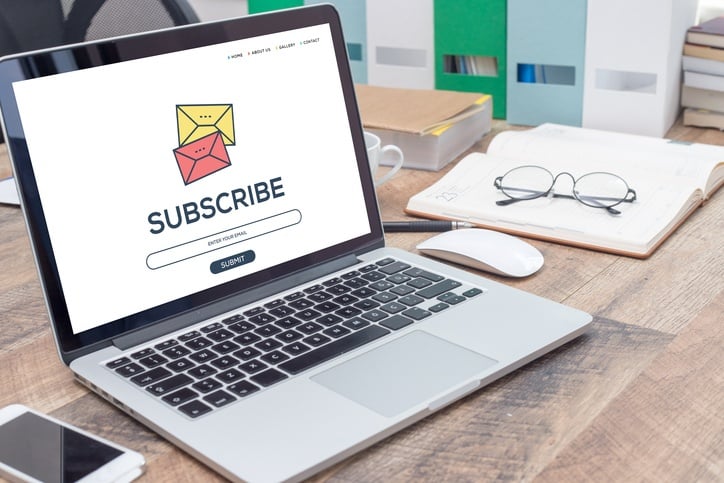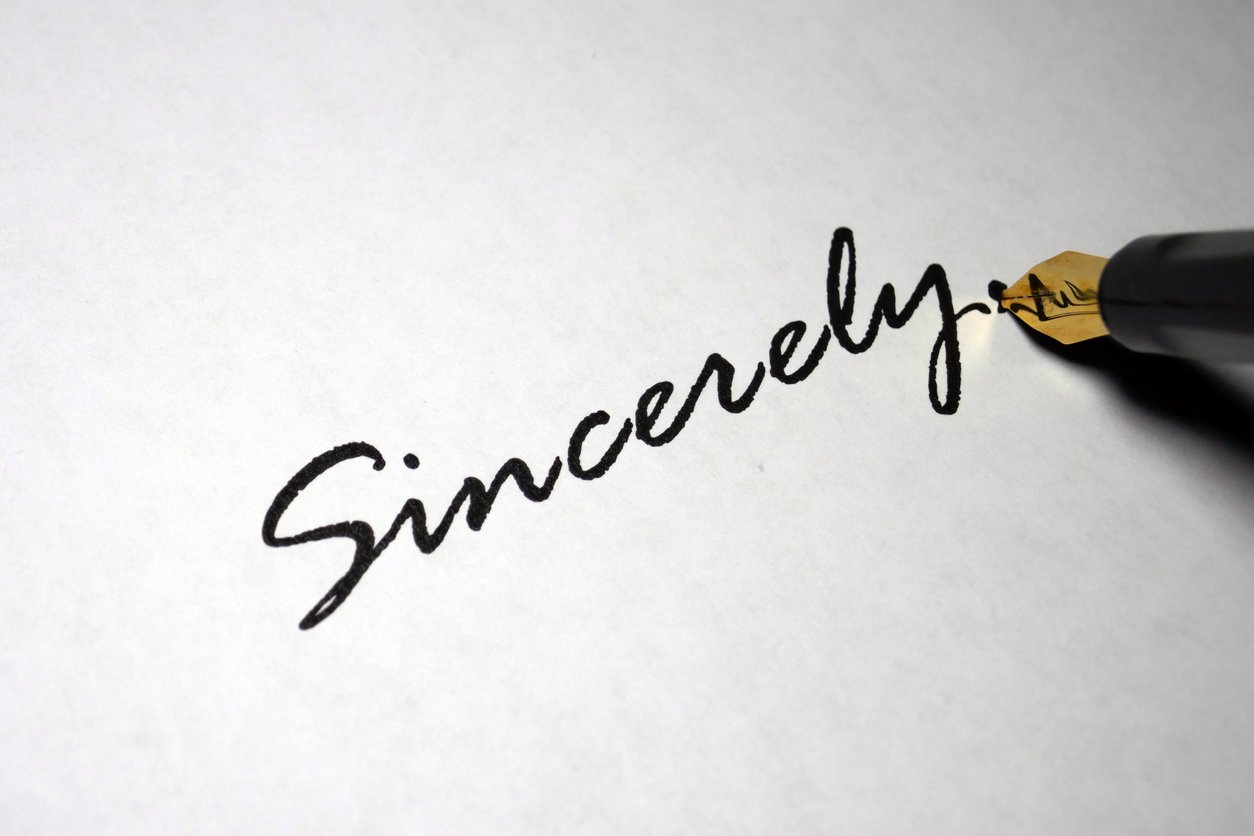Catching someone’s attention with an email can be tough. It’s not unusual for the average professional to receive 100 to 200 emails a day, maybe even more. As a result, email is quickly dismissed.

There have been multiple studies on how people determine which emails are pressing. For example, most people skim content by reading in a “F” pattern; reading the line at the top, the first half of each line toward the middle, and only the first couple of words of each line toward the end of the page. Readers also evaluate emails in their inbox by reading the first three words and the last three words in a subject line. That’s so little. How can you position yourself to capture a person’s attention?
Here are a handful of actionable email tips:
- Be clear and direct (no kidding).
- Tie your offer to recent developments in their industry. Make them the backdrop for your product or service.
- Make sure your emails are mobile friendly and responsive. Test them on multiple devices.
- The best format is single column text in a readable font, with the most important content at the beginning.
- Use fascination points – think of the email you’re writing as being the equivalent of clickbait. Create a subject line that a prospect wouldn’t be able to resist clicking on, particularly something that directly relates to their interests and goals.
- Use eye-catching images in your email (that is, if they open them).
- Your email should appeal to an emotion. People make emotional decisions and then justify them financially. Ask yourself, “What is going to make a property manager feel [insert emotion here]?” What about the executive director of a non-profit? A CEO? Create copy that appeals to those particular people and their emotions.
- Use the words “you” and “yours” liberally. It makes the story about them rather than about your product.
- Target your emails to the right people. The most successful marketers find a niche and consistently write for them.
- Stick to one big idea. If you give your reader too many details or choices it will be a disaster.
- Make sure you have an answer to “So what?” for every point you make.
- Write your sub-heads first, then the rest. These will be the attention grabbers when your email is opened and hopefully prevent someone scanning through the email and dismissing it too quickly.
- Use short and broken sentences. As strange as that sounds, people prefer reading something simple and conversational.
- Use sensory words. There’s something more appealing about saying “Did you have a rough day?” as opposed to “Did you have a difficult day?” Analogies are also helpful since 70% of Americans are visual thinkers (as opposed to auditory or kinesthetic).
- Enhance your credibility with technical details. This is how Apple has mastered their marketing strategy. Give them the basics. Not too much, but just enough.
- Focus on quantitative benefits wherever possible. This goes hand in hand with what we call three-sentence prospecting. Let them know what you’ve done, who you’ve already worked with, and what they’re missing if they don’t join their peers who are already benefiting from your offerings.
- Make your email memorable with sound bites. If you have statistics or testimonials to share, use them to your advantage.
- Remove unnecessary sentences, adverbs and adjectives from your email. Think of it as poetry. My definition of poetry is when the addition or deletion of a single word changes the meaning. This ensures you write as simply and clearly as possible.
- Everyone likes a story. Some of the most effective emails I’ve read involve stories about someone similar to me. If it appeals to you it will make the email much more memorable and urgent.
- Proof it on paper, read it aloud, and then read it again.
- Lower the perceived risk by offering a guarantee for your work or a way to opt out.
- Lastly, test your emails. Depending on your responses, try new things and fine tune what you’ll send to future prospects and customers
There’s even more info on emails in the book, The Hamster Revolution, which uses a powerful and easy-to-remember “ABC” methodology for constructing an email. It’s a quick read, so if you want to explore this subject in depth, I recommend it.







